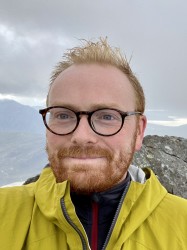BibTex format
@article{Conway-Jones:2019:10.1029/2018gc007899,
author = {Conway-Jones, BW and Roberts, GG and Fichtner, A and Hoggard, M},
doi = {10.1029/2018gc007899},
journal = {Geochemistry, Geophysics, Geosystems},
pages = {1138--1163},
title = {Neogene epeirogeny of Iberia},
url = {http://dx.doi.org/10.1029/2018gc007899},
volume = {20},
year = {2019}
}

